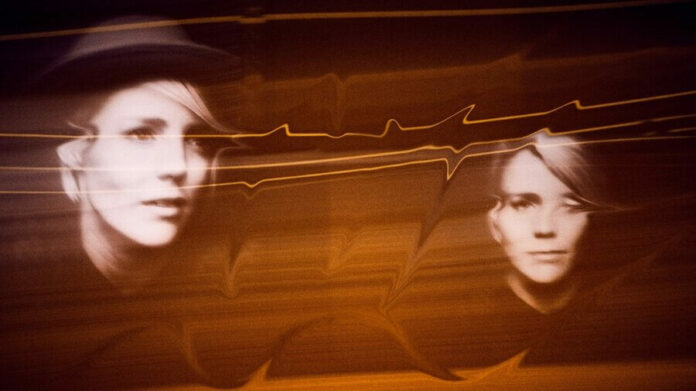Microsoft Corp. has propelled the latest tool developed to combat deep fakes.
Deepfakes are faked PC controlled pictures or recordings that have been modified in difficult to-identify approaches to cause somebody to seem to have said something they didn’t or appear as though they were in places that they weren’t. They’re regularly used to criticize prominent individuals, and their inescapable use on the web has become a developing concern, particularly with U.S. election campaigns presently getting into going all out.
The issue with deepfakes is that the technology used to make them has progressively gotten more available and simpler to utilize. Numerous deepfakes can be amazingly reasonable as well, which makes them hard to recognize, making an open door for possibly calamitous intruding in governmental issues and decisions.
To battle deepfakes, Microsoft has propelled another “Microsoft Video Authenticator” device that it says can examine photographs and recordings to give a “confidence score” about whether it has been controlled. The device will alarm clients if the picture is probably going to be phony, or promise them that it’s legitimate.
The Microsoft Video Authenticator has two parts, including a device based on Microsoft Azure that empowers content makers to add advanced hashes and testaments to their pictures that exist as metadata any place it seems on the web. There’s additionally a peruser, which can exist as a program expansion or something different, which can check the authentications and match the hashes to confirm if a picture is genuine. This tells individuals with a “serious extent of exactness” that a specific picture is true and hasn’t been changed, Microsoft said.
“Disinformation comes in numerous structures, and no single innovation will understand the test of helping individuals translate what is valid and precise,” Microsoft’s Tom Burt, corporate VP of client security and trust, and boss Scientific Officer Eric Horvitz wrote in a blog entry. “The way that they [the deepfakes] are created by AI that can keep on learning makes it unavoidable that they will beat traditional location innovation. Be that as it may, in the short run, for example, the forthcoming U.S. political race, progressed location innovations can be a valuable instrument to help to perceive clients recognize deepfakes.”
With regards to development, there are in every case trouble makers that endeavor to manhandle new advancements, while the heroes attempt to concoct approaches to battle that misuse, Constellation Research Inc. investigator Holger Mueller told SiliconANGLE.
“Microsoft is attempting to fight deepfakes with innovation, however, its new device requires utilizing Microsoft Azure,” Mueller said. “That reliance might be uplifting news for a few, however, it unquestionably won’t be uplifting news for all. Anticipate other foundation as-an administration sellers or ‘heroes’ to toss their caps in the ring. With the up and coming U.S. elections, there is positively a key occasion ahead.”
Microsoft said the new tool is important for its Defending Democracy Program, which is an activity that intends to battle disinformation, ensure casting a ballot, and secure political election campaigns.

